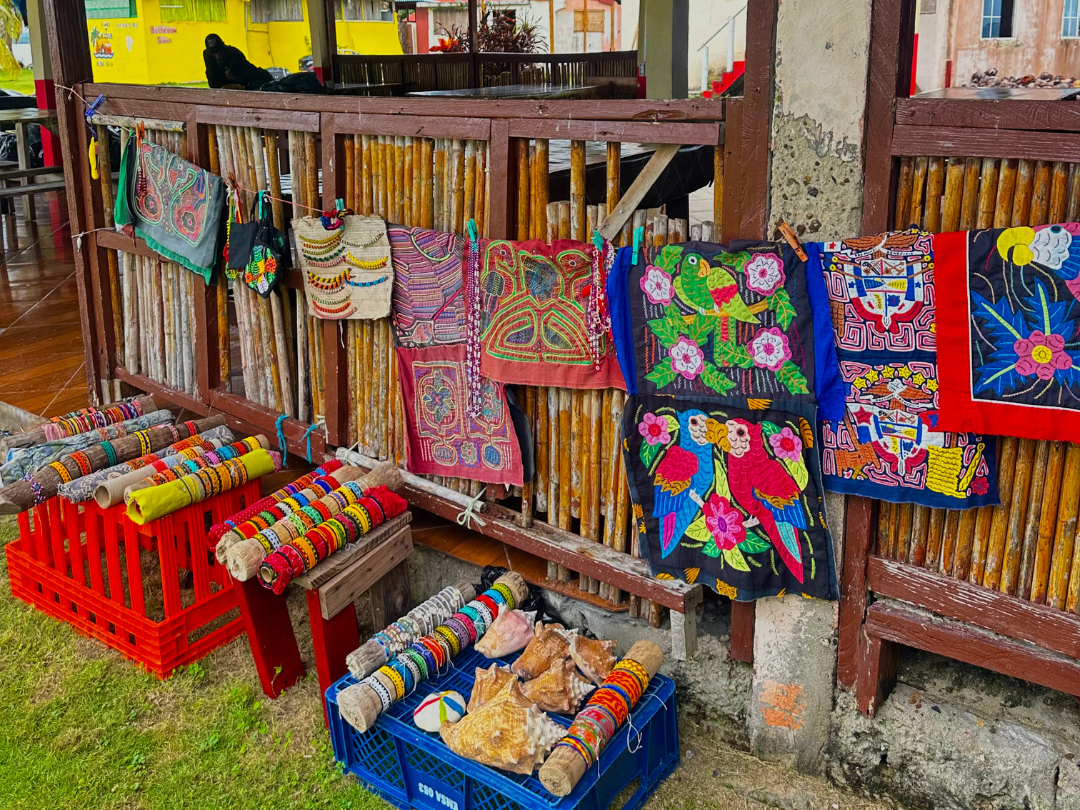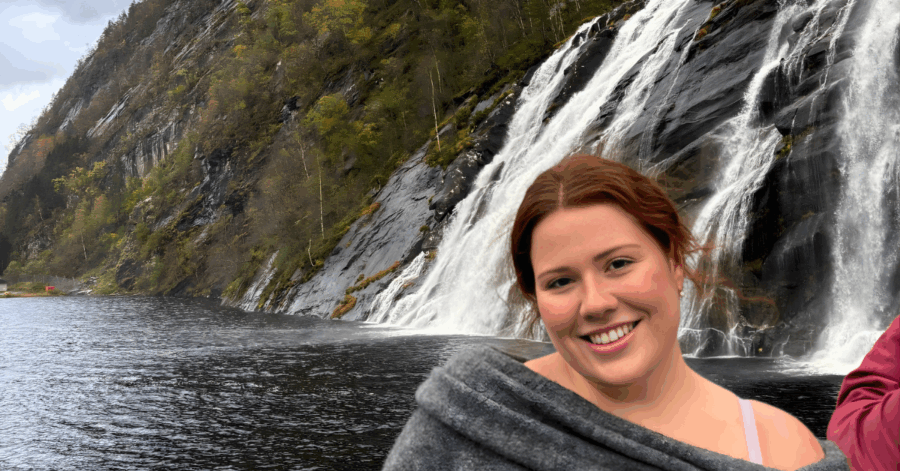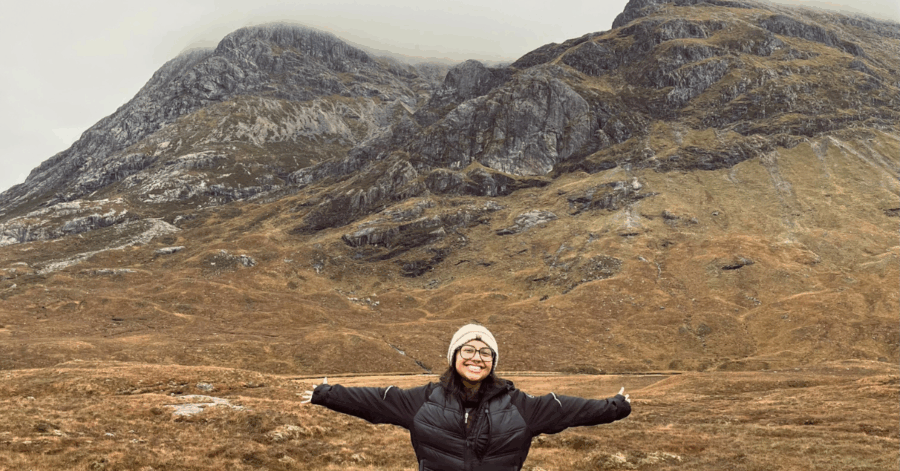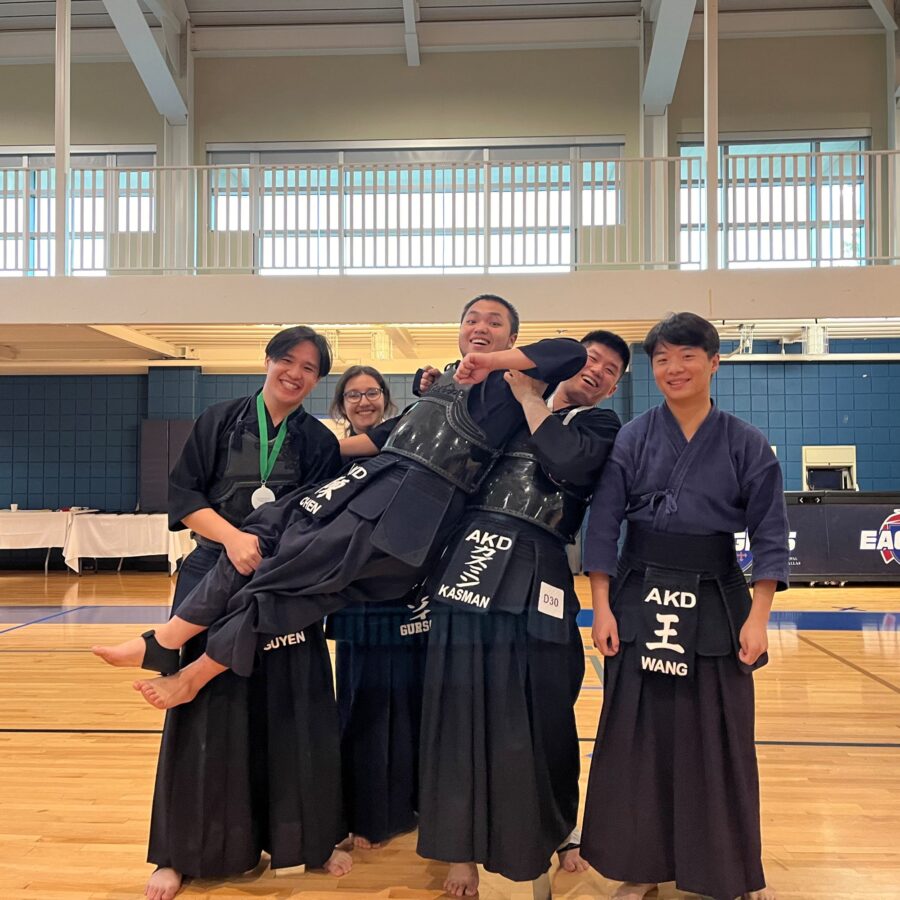Hi y’all! I’m so thankful to be spending my first semester in Panama City, Panama. Our program is built on the idea of experiential learning, meaning we not only read about topics, but we’re also able to live them. It’s a method that perfectly aligns with my belief that true understanding comes from firsthand experience. We have lectures and homework on specific topics, and then we apply what we’ve learned directly through visits to various sites.



One of the first topics we’ve dived into was the Panamanian diet and its evolution. We learned about local dishes, their history, and the key crops that create them. Our studies came to life through field trips and cooking classes. For example, we visited farms, wholesale markets, and fruit stands with tasks to find specific crops such as “otoe”, “guandu”, “ñampí”, “aji chombo”, and yuca. However, I’ll admit I had no idea what these vegetables were until I held them in my hands.
These site visits are structured chances to connect with the farmers and their families who sell these vegetables. I’ve been loving talking to the owners and hearing their stories. For many families, farming is a tradition passed down through generations, and the very stands where they sell their produce have been in their families for decades. It’s this kind of human connection and historical context that makes our classes so fruitful. It is not a simple class on agriculture, but a lesson in culture, family, and the interconnectedness of our world.
In our cooking classes, we have learned to make ceviche (fish marinated in citrus), carimañola (yuca fritters), tamales (filled masa steamed in a corn husk), and plátanos al caldero (caramelized plantains), transforming the ingredients we’ve studied into meals we can share. Sharing these meals has been a perfect way to end a long day of learning and exploration, solidifying our understanding of how food brings people and communities together here in Panama.







My curiosity, which has always been my compass, is guiding me through this new landscape of people, places, and perspectives. This program is pushing me to step outside my comfort zone, challenge my assumptions, and think critically about the world around me.
We’ve also learned a lot about the indigenous groups, their geography, and the struggles they face with the government and globalization. A guiding question we discuss in class is, “How do native groups express and preserve identity in a bustling world of advancements and discrimination?”
Visits to different cities highlight how communities change over time. Our visit to the Guna communities in Guna Yala was especially impactful. I saw how they are able to balance their ancient traditions—like the craft of molas and wooden dolls—with the demands of the modern world. These dolls and molas represent the strength of Guna culture and embody stories, beliefs, and values passed down through generations, showing a hold on to their identity.
They use tools like tourism and trade to preserve their identity and support their community, showing that globalization doesn’t have to mean losing one’s culture, but is rather an opportunity to share their practices in full.
Rather than losing their essence, the Guna are showing how tradition and globalization can coexist. My time in Guna Yala taught me that culture is not about resisting change or blindly embracing it, but about balancing continuity and transformation. For that lesson, and for the kindness and openness of the Guna people, I am truly thankful.

My passion for history has always been a guiding force, and my time in Panama has provided a remarkable opportunity to engage with a historical landmark that has shaped the world: the Panama Canal. I enjoyed learning about its complex past, from the failed French attempts to the massive U.S. construction project that forever changed global trade.
What fascinated me most, though, was how the canal’s creation became a magnet for people from around the world. Thousands of workers from the Caribbean and China arrived to take part in the construction, and their cultures are now woven into the fabric of Panamanian society.
In Historic Panama City, Chinatown reflects the lasting influence of Chinese immigrants. Afro-Panamanian culture is equally central to the nation’s identity, alive in neighborhoods like Río Abajo and in cities like Colón and Portobelo, where Protestant churches — especially Baptist and Methodist — were established by Afro-Caribbean immigrants.
Learning how these diverse communities settled in Panama and contributed to Panama’s unique cultural identity has been one of the most meaningful aspects of my studies, adding depth to my understanding of how global events and local culture are deeply interconnected.



Furthermore, we have continued to explore the rich religious diversity of Panama. The country is home to one of only eight Bahá’í temples in the world, where we learned about their beliefs while walking through the peaceful grounds. We also visited a Hindu temple, where my wonderful peer, Eesha, translated for us in Hindi and helped deepen our understanding of Hinduism. Another visit was to a mosque, where we were welcomed and introduced to the practices and values of Islam.
Experiencing these sacred spaces side by side reminded me that Panama is not only a crossroads of trade and migration, but also of faith. Seeing how different religions coexist here has given me a deeper appreciation for the role that spiritual traditions play in shaping identity, community, and belonging.



Ultimately, my time here has taught me that culture is a living, adapting thing, not something frozen in time. It’s a powerful lesson in how communities choose to navigate change while holding on to what defines them.
Personally, these experiences have deepened my passion for cross-cultural communication. Professionally, these opportunities have strengthened my understanding of perspectives and cultural awareness, which bolsters my skills for a career in diplomacy.
My time here has already reinforced my passion for global affairs and has me feeling thankful and excited for all the opportunities to come.


This post was contributed by Celia Brien, a Global Ambassador for Fall 2025. Celia is a freshman participating in the Take the World by the Horns program in partnership with the School for International Training in Panama City, Panama.






My dear Celia
YOU ARE AMAZING! The world is your oyster. Love you to pieces ❤️PENPEN
There’s an inspiring farm just outside of Panama City called the Coquira Soil Project that has transformed their land through regenerative practices and multi-species holistic grazing. Highly worthy checking out. They’ve got a chef on site that makes some great meals as well.